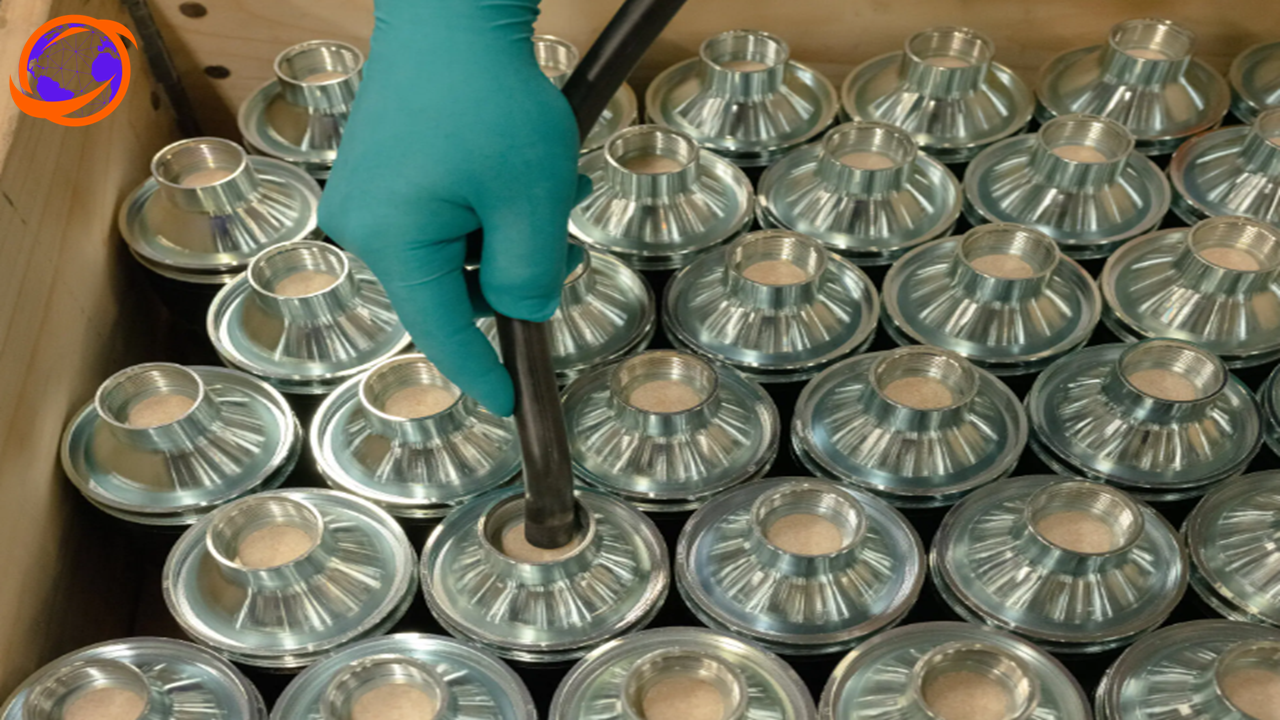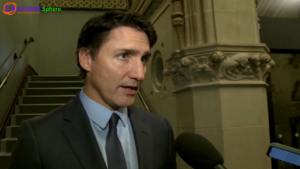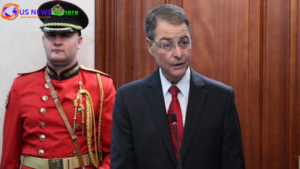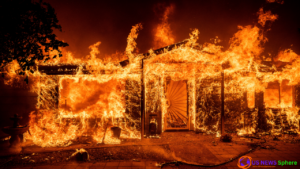Defense, In the wake of Russia’s invasion of Ukraine, over 30 European countries are rapidly bolstering their military arsenals. This surge in defense spending, however, has sparked concerns about potential disorganization, supply shortages, and inefficiencies.
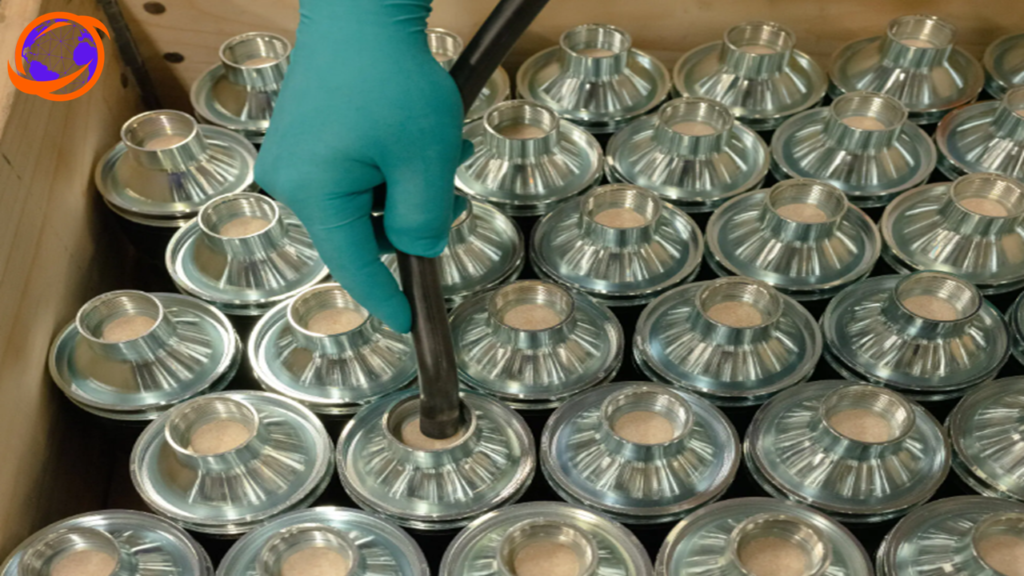
The Defense Landscape in Europe
At Saab’s production center in Karlskoga, Sweden, workers meticulously assemble 84-millimeter shells capable of neutralizing battle tanks. Yet, just a short distance away, the birthplace of Alfred Nobel, the dynamite inventor, stands as a reminder of the complexities of war and peace. Saab’s facility is undergoing expansion, with plans to double its capacity in the next two years.
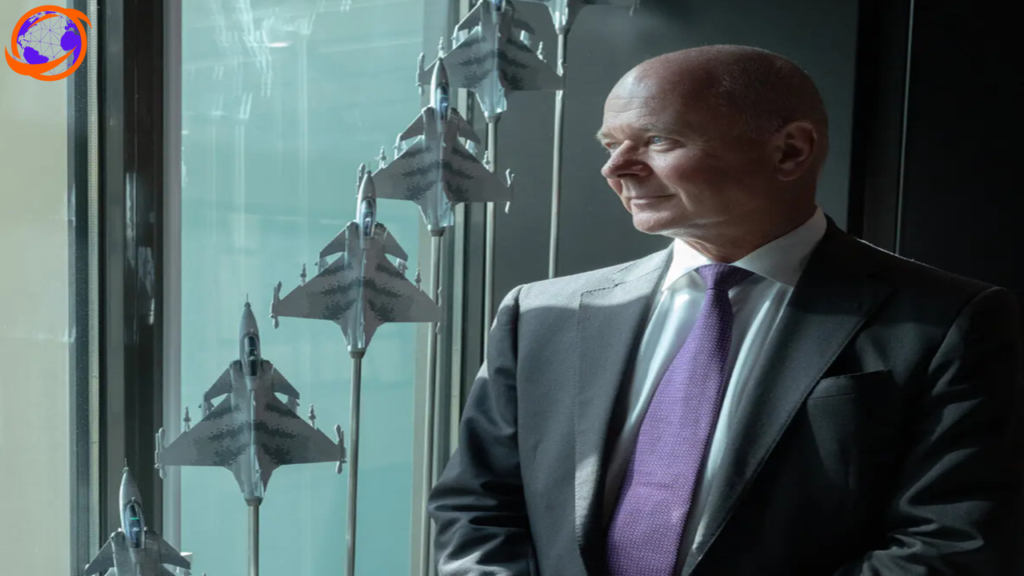
This growth mirrors the defense spending spree across Europe since Russia’s incursion into Ukraine. However, the hasty armament by numerous allied nations, after years of limited defense expenditure, has raised eyebrows. Concerns revolve around the possibility of a fragmented and wasteful buildup, leading to supply chain disruptions and redundancies.
A report from the Center for Strategic and International Studies highlighted the fragmented nature of European defense. It emphasized that merely increasing investments without coordination would barely enhance the current disjointed system.
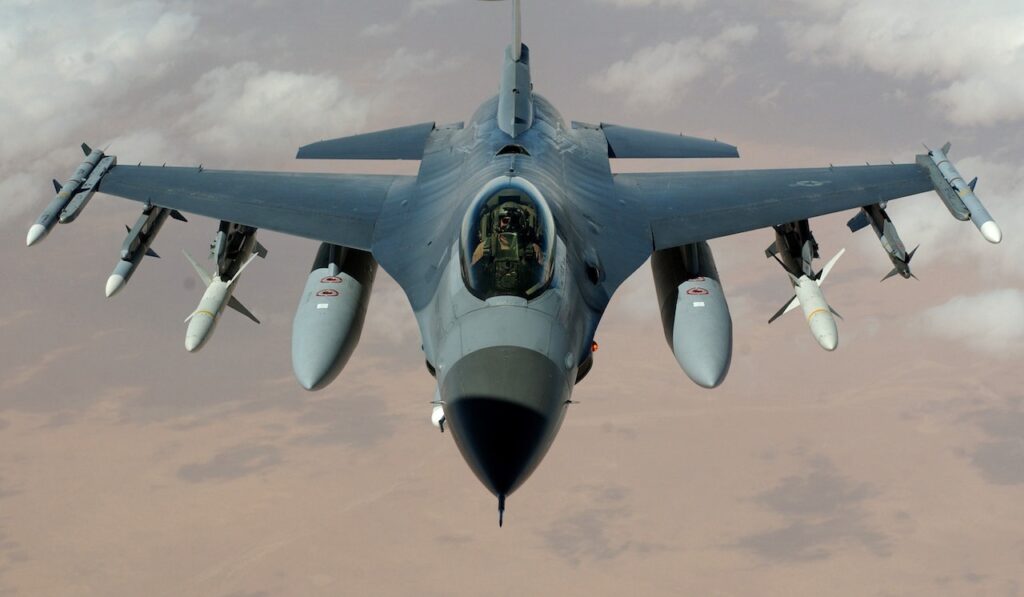
The Need for Unified Defense Strategies
Both NATO and the European Union have advocated for enhanced cooperation and integration in defense. They’ve initiated measures to synchronize weapons procurement. However, experts, including weapon manufacturers and political leaders, believe these efforts are insufficient.
Micael Johansson, CEO of Saab, emphasized the individualistic approach of European countries in determining their defense needs. The diverse strategic cultures, procurement methods, and priorities of each nation further complicate matters. For instance, while NATO members might use identical aircraft, they often have different encryption systems and instruments. This lack of standardization can lead to compatibility issues, as seen with Ukrainian soldiers facing challenges with mismatched ammunition and parts.
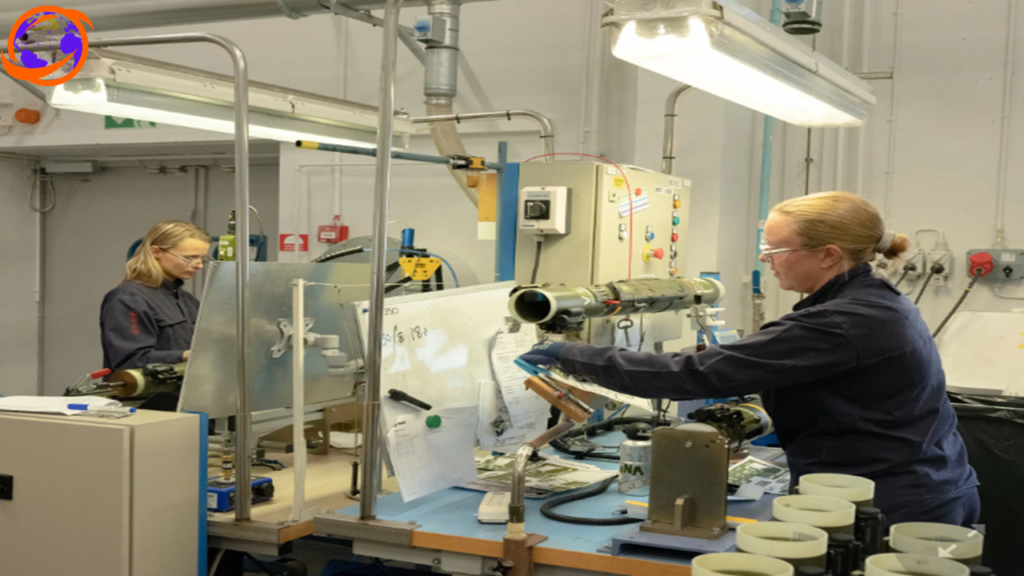
Challenges in Defense Supply Chains
The defense industry is grappling with supply chain issues, especially a shortage of explosives. Despite the pressing need, there’s been minimal discussion on prioritizing systems or boosting the overall supply. Michael Hoglund of Saab highlighted the trend of prioritizing local supply chains over cost-effectiveness to ensure security.
Moreover, the recent disruptions in supply chains, from natural gas shortages due to the Ukraine conflict to the COVID-19 pandemic’s impact on global trade, have underscored the need for resilient and reliable supply systems.
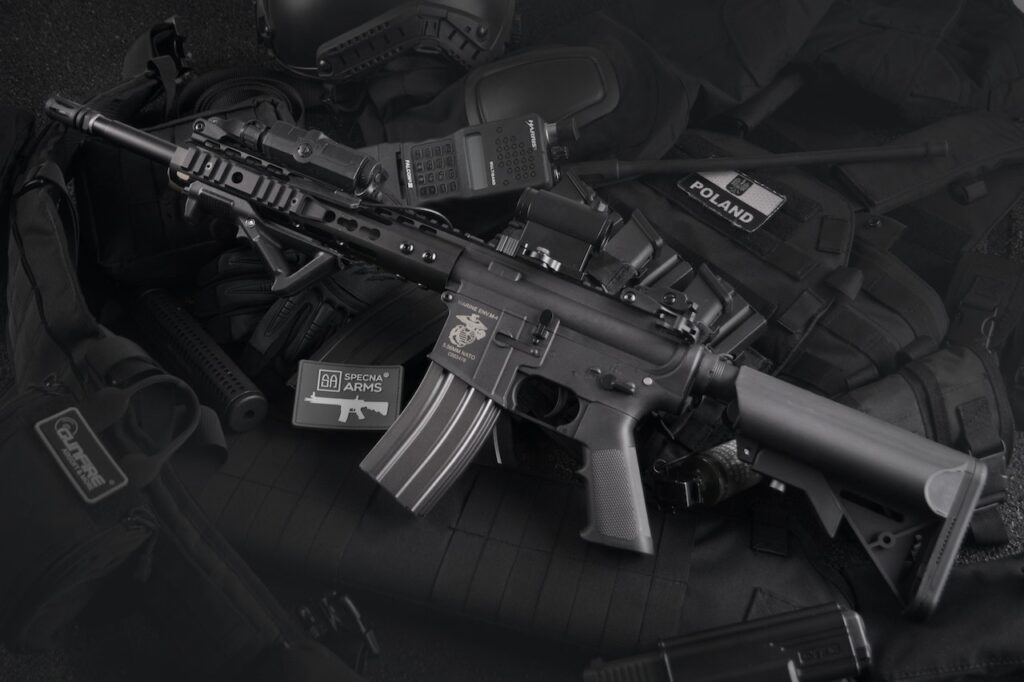
[nytimes]
The Path Forward
Despite the challenges, there’s a consensus on the need for a unified European defense strategy. However, achieving this requires balancing competition, which fosters innovation, with the need to reduce waste and enhance efficiency.
Europe’s reliance on the U.S. for defense has been a longstanding issue. Calls for Europe to shoulder more of its defense responsibilities have grown louder, emphasizing the urgency to streamline and unify its defense mechanisms.
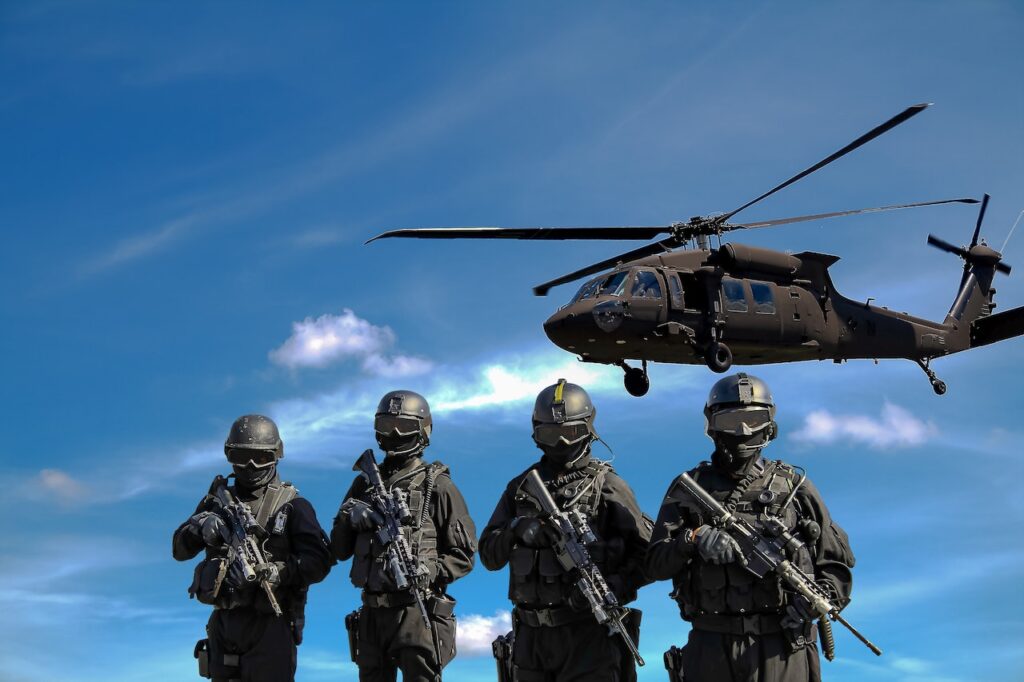
Yet, coordination faces inherent challenges. Each nation prioritizes its security, and trust among alliance members remains fragile. The pandemic showcased this when Germany halted ventilator supplies to other European nations despite having a surplus.
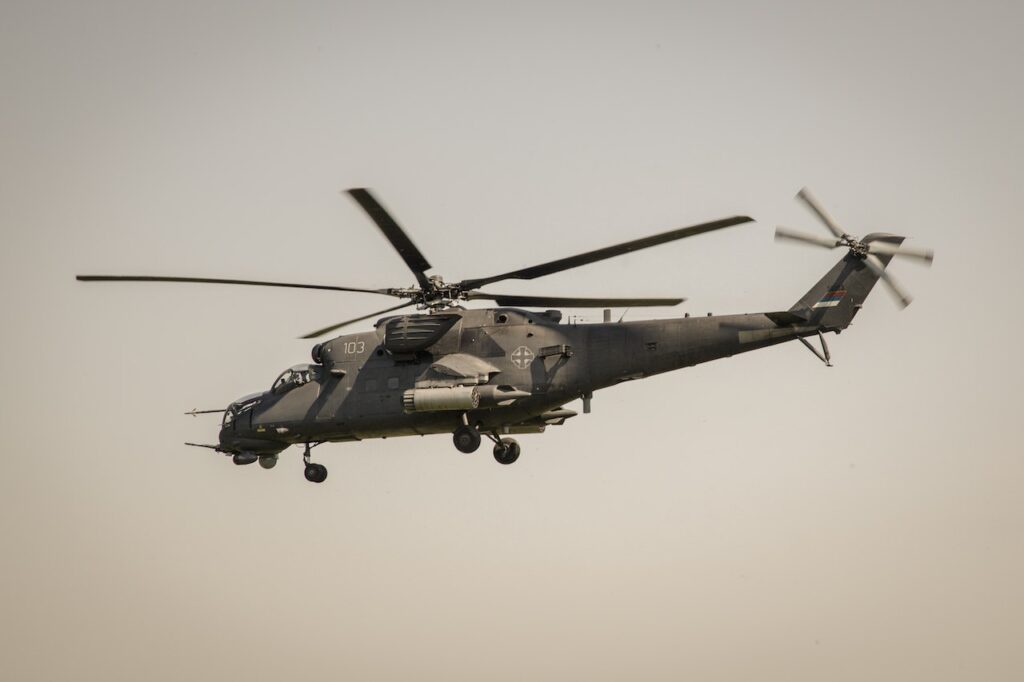
In conclusion, while Europe’s defense expansion is a step in the right direction, achieving a cohesive and coordinated defense strategy will be a long-term endeavor. The focus should be on fostering trust, enhancing collaboration, and ensuring a unified approach to defense in the continent.


